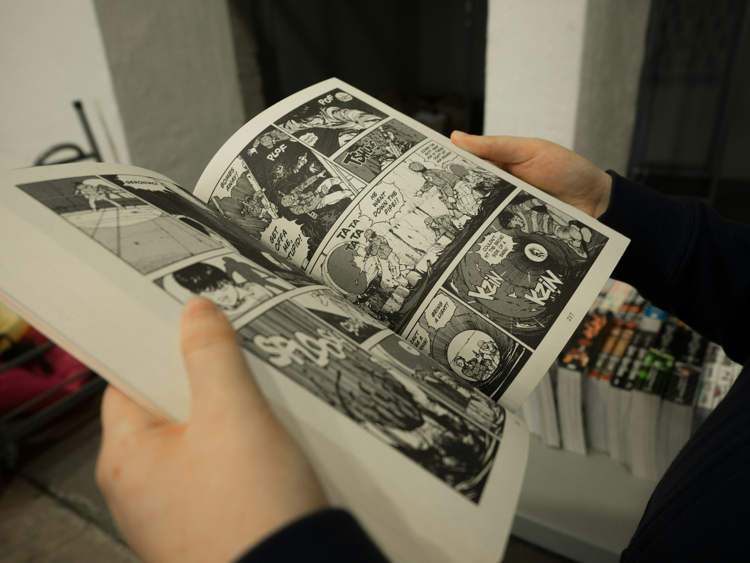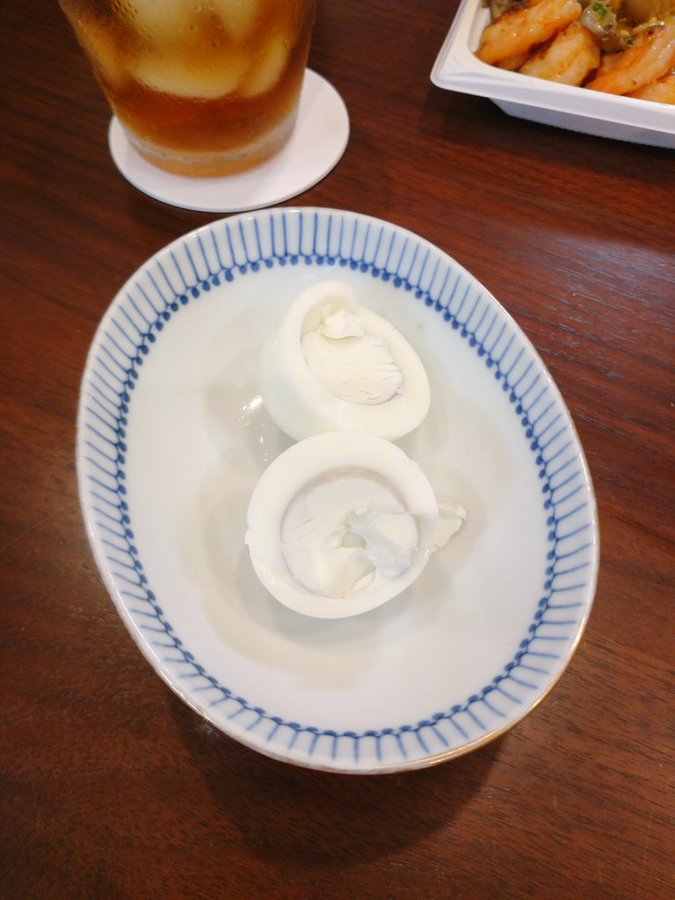Located on the edge of a canyon, 1,300 feet above the Colorado River, the Giant Canyon Swing at Glenwood Caverns Adventure Park is definitely not your playground swing set. But if you’re an adrenaline junky this might very well be your dream come true.
Glenwood Springs is a small Colorado town famous for its wide variety of family-oriented attractions. In 2011, USA Today named it the “Most Fun Town in America”, but the Giant Canyon Swing isn’t the kind of ride most parents would ever want their children to go on. This metal beast is perched on the side of a cliff 400 meters above the Colorado River and sends up to four passengers flying 112 degrees above the horizon at about 50 miles per hour. At the highest point, all thrill-seekers can see is the seemingly endless drop below them, which causes them to scream in excitement, fear or both. The swing’s creator, 41-year-old Steve Beckley has only tried it once, and has been too scared to try it again ever since, but he gets a kick out of seeing other’s faces and hearing their screams during the 60-second ride.




















